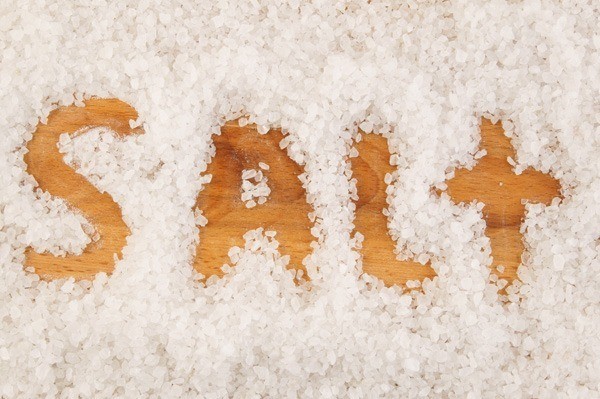Q&A with Kirkland Shave, Program Director at Mountain Trek – Part II
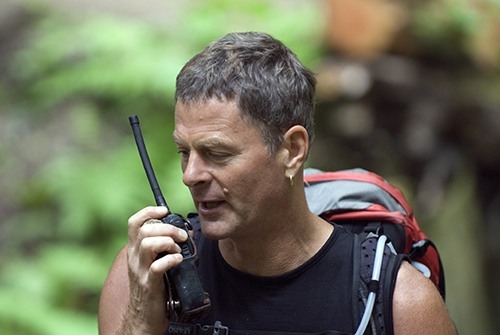 In this sixth installment of our Q&A series we bring you part two of our interview with Kirkland Shave, Mountain Trek’s intrepid Program Director, hiking guide, and esteemed lecturer. In our last post, we left off with Kirkland discussing the reasons behind Mountain Trek’s high guest return rate (30-40%).
In this sixth installment of our Q&A series we bring you part two of our interview with Kirkland Shave, Mountain Trek’s intrepid Program Director, hiking guide, and esteemed lecturer. In our last post, we left off with Kirkland discussing the reasons behind Mountain Trek’s high guest return rate (30-40%).
Kirkland: I had this expectation that once they (guests) come, they’ll get it and they’ll go home and they’ll change. I was so naïve. And then I realized we’re more like a trainer for an Olympic athlete, they still need tweaking and adjusting.
MT: And the tweaking and adjusting is better or easier done back at Mountain Trek?
It’s just so hard out there in a dominant work culture for people to be able to adjust their life to keep a regimen of fitness, nutrition and overall healthy living going all the time. People need to start by incorporating one thing and turn that one thing into a healthy habit. Through my research on will power and habit making I’ve come to realize that habits are formed and work better incrementally. Very few people are at that threshold where they’re ready to just grab onto new information, or habits, or lifestyle changes, and go.
The majority of guests will go home from Mountain Trek and change an eating habit – they’ll start eating breakfast every morning, for instance. And then they’ll return, maybe a year later and when they get back home they’ll start walking after dinner or join a yoga studio. And it’s these incremental habits that they weave into their lifestyle that then become a tipping point that changes their life.
It’s really easy for us to slip into old and sometimes unhealthy habits isn’t it?
It totally is. Up until the 1970s most of us still worked with our bodies. It’s only been a very short time that we’re not able to get our movement needs through work. And with expanded work hours and commute times, it’s almost impossible to find the time to exercise. In the meantime, Mountain Trek is here for people to come in, gain some insights learn about healthy choices.
And rebuild or reboot a healthy lifestyle from there?
Absolutely. Some returning guests come for a reboot and some come for a deeper immersion – a couple of weeks where they can really anchor certain patterns and help set up new habits.
Would you say most guests come to Mountain Trek for weight loss?
Hmm…you could say consciously most are but underneath that many guests are coming because they know that something in the big picture is not working. Weight gain is often a symptom of stress or chronic lack of movement and exercise. Everybody that’s come here has gained weight and lost weight at different times in their lives. People don’t come here and think, okay I’ve got to lose ten pounds just to fit into a wedding dress next week. It’s more to start to create a new, healthy direction for themselves, with the bonus or motivator of some significant change in their weight.
Is there an overall Mountain Trek experience, some special thing that sets you apart from other fitness and weight loss programs?
What I think sets us apart from all the other choices out there around health and weight loss retreats or spas, is our significant immersion in a complex natural world.
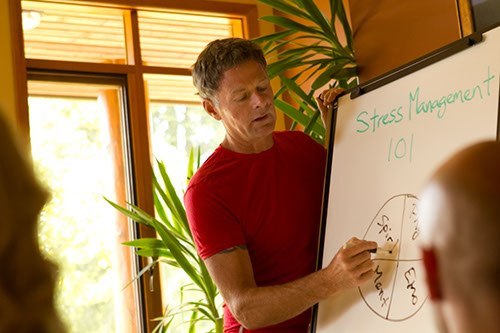 What exactly do you mean by complex nature?
What exactly do you mean by complex nature?
There’s a lot of research out there about what’s being coined, “the green brain.” This research states that when someone is out in nature there is a drop in the stress hormone cortisol and an increase in the feel-good hormones oxytocin, dopamine and serotonin. They bathe the brain and help fight that edgy, depressive, vigilant state that cortisol puts us in. This happens by being in, or even just seeing nature. Even having a picture on your office wall of jungle or complex nature creates a sense of fascination, lowers cortisol and increases oxytocin.
Would you say complex nature is Mountain Trek’s secret ingredient?
Yes! At Mountain Trek we’re outside four hours a day in a complex, ever-changing natural environment. And then our gym and yoga studio and even the drives to the trailheads, all look out at beautiful, green, abundant nature. This is definitely our secret ingredient. Other retreats have gyms, they do yoga, they offer detox, calorie control or sleep health, but they don’t have as complex a natural environment that creates a high level of fascination and hormone adjustment as we do.
How many staff work at Mountain Trek and would you consider them top in their field?
We have about 30 staff and I’m definitely prejudiced when I say they’re top in their field for where we live. But the unique thing about our staff is that they’re not in their 20s or 30s and fresh out of a university health and fitness program. Our staff are mature mountain people.
What do you mean by ‘mountain people’?
People that have chosen to live in the Nelson area for long periods of time because of lifestyle. They ski, mountain bike, hike and climb. They live and breathe being in nature and living a healthy lifestyle. We all eat more plant foods than meat. Some of us are vegetarians. Some have their own yoga practices. So the staff that I’m able to pool here are all highly trained in their disciplines, they all have wilderness first aid certificates, and they all live the type of lifestyle that we try to infuse our guests with.
I know you’re a busy guy, Kirkland, so one last question. Are some guests unable to make it through the program and if so why?
No. There isn’t anybody who can’t make it through. I’ll be honest, there have been one or two that have left prematurely because they didn’t feel that they could make it through, as much as we tried. And they usually leave after the first day because it’s too much of a shock or they’re coming to stop smoking or something that they just weren’t ready to do. Why we have two staff to every one guest is to ensure that each individual person’s needs are met. Even if someone hasn’t exercised in eight years and they’re carrying an extra eighty pounds, we accommodate them.
Okay, great. Thanks for your time Kirkland and good luck with the rest of the season at Mountain Trek.
My pleasure. Thank you.

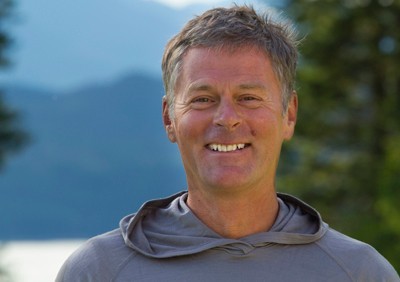 In the fifth instalment of our Q&A series we veer slightly from the path and, instead of interviewing a Mountain Trek guest, we thought we’d give you a peek behind the curtain and sit down for a chat with our very own Kirkland Shave.
In the fifth instalment of our Q&A series we veer slightly from the path and, instead of interviewing a Mountain Trek guest, we thought we’d give you a peek behind the curtain and sit down for a chat with our very own Kirkland Shave.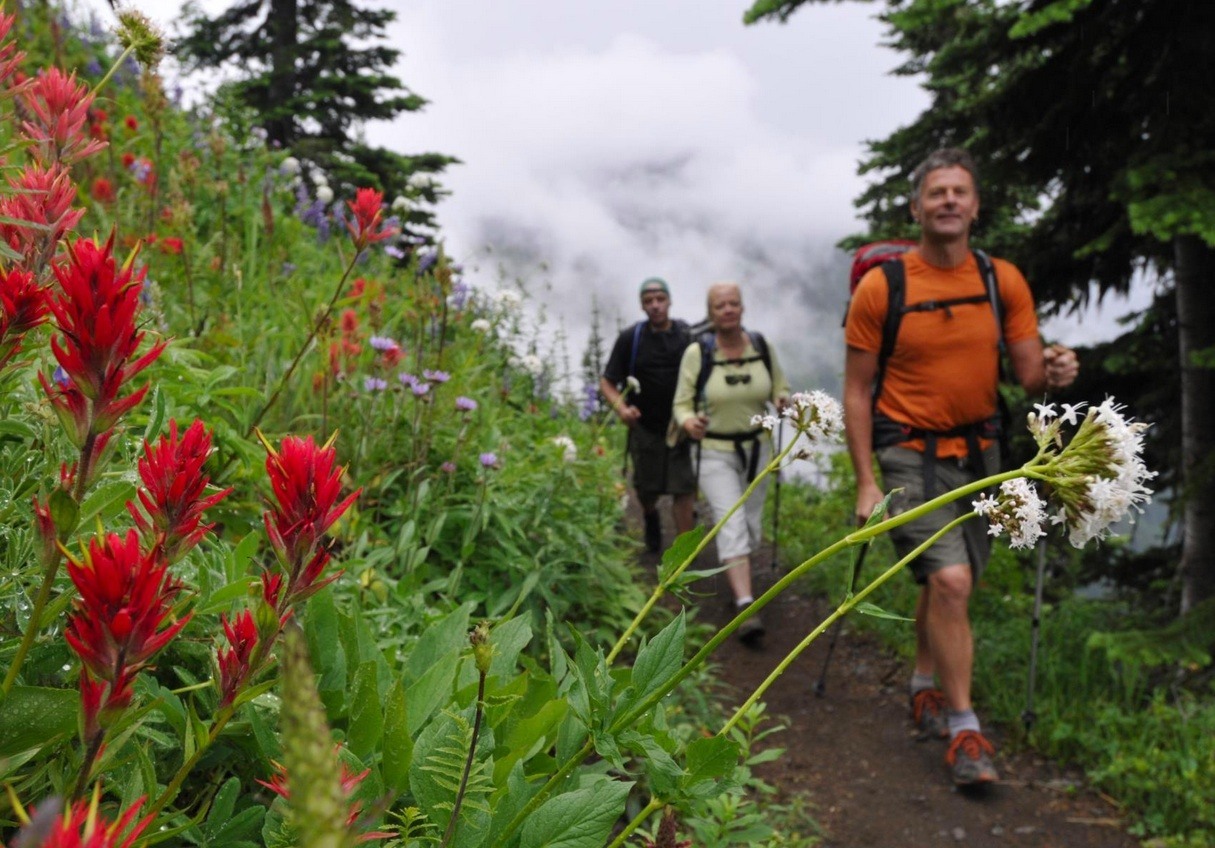
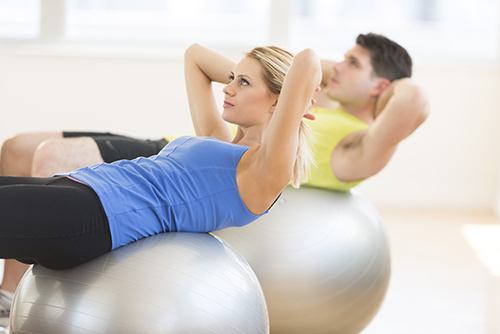
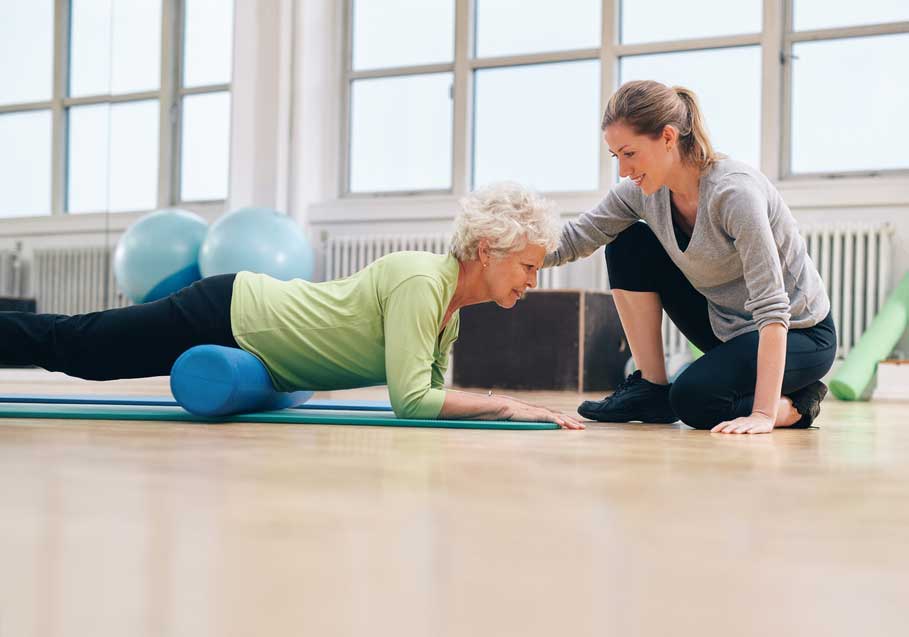
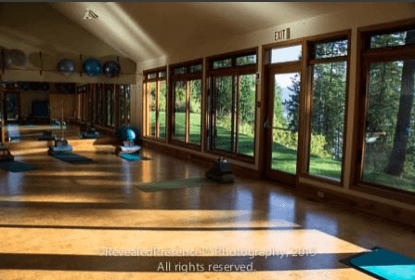 Recently professional photographer and public speaker Carla Kimball visited
Recently professional photographer and public speaker Carla Kimball visited 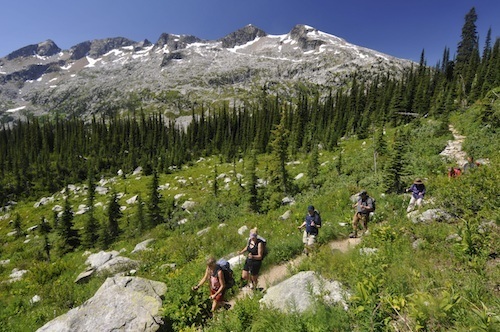 August is the month for recreation, relaxation and retreat. You’ve worked hard all year and now you deserve to take some time for yourself: it’s time to leave behind the stresses and worries of your job, or whatever it is that occupies too much of your time, if even for a little while. Whether you need to do this on your own, or you’re happy to have your spouse, family or friends join you, it’s time to treat yourself to a Mountain Trek experience! And that experience just got stepped up a notch…
August is the month for recreation, relaxation and retreat. You’ve worked hard all year and now you deserve to take some time for yourself: it’s time to leave behind the stresses and worries of your job, or whatever it is that occupies too much of your time, if even for a little while. Whether you need to do this on your own, or you’re happy to have your spouse, family or friends join you, it’s time to treat yourself to a Mountain Trek experience! And that experience just got stepped up a notch…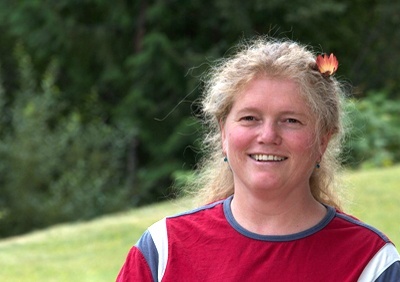 Cooking Re-Mastered with Chef Laurie Hartland
Cooking Re-Mastered with Chef Laurie Hartland
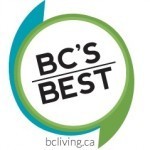 BC Living has just listed
BC Living has just listed 